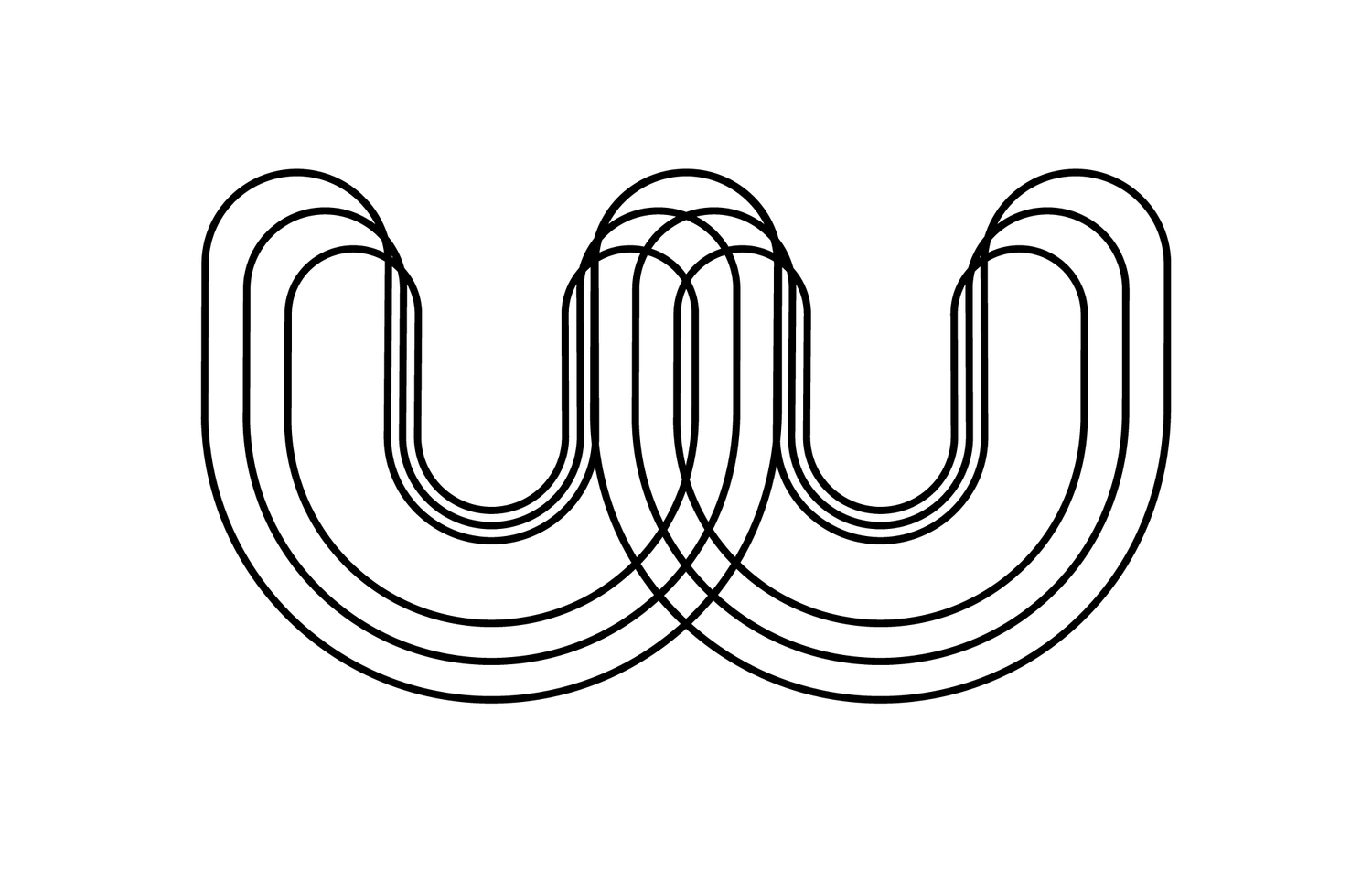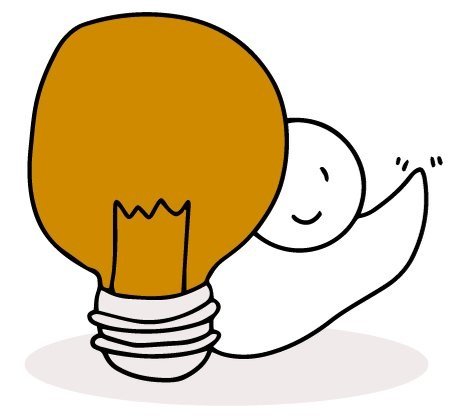Designing a holistic approach to remote work for government
Co-designing a unique remote work offering with staff
Industry
Federal Government
Duration
8 Weeks
Deliverables
8 Discovery Insights
10 Opportunity Areas
6 Key Concepts
14 Target State Measures
7 Recommendations
7 Implementation roadmaps
Impact
Co-designed a new way of working with more than 50 staff by deeply understanding the current state and imagining a different future
Reframed a contentious initiative into a staff-led vision of a better work experience that still met organisational requirements.
Internal HCD practice was supported, building capability along the way
WHAT was the problem
The ongoing debate between office and remote work had recently resurfaced, with leaders facing resistance from their employees when urging a return to the office as the main location of work. This included major employers such as banks and the public service.
In a contrasting scenario, our client, a Federal Government agency, wanted to explore how to enable a regionally-based team to become mostly remote. However, initial staff consultations encountered strong opposition, prompting the need for a reset on the conversation.
WAVE was tasked with taking a co-design approach to creating a desirable vision of work with these employees – regardless of location – as well as a roadmap to test, learn and implement changes. We aimed to help the organisation find a balance between staff wellbeing and a financially-sound property strategy that had eluded leadership so far.
This was not new ground for us – as a distributed organisation, WAVE takes the view that work is about how we communicate, collaborate and stay engaged, not where that work is done.
APPROACH we took
Co-design approaches involve active participation from end users in crafting, prototyping, and even executing solutions. For this project, we collaborated with our client to determine a feasible level of staff involvement. This encompassed workshops to define the current hybrid work experience and collaboratively shape a desired future state. Throughout this process, we maintained frequent interactions with staff representatives to validate our findings and ensure their accuracy.
‘Co-design’ rather than ‘consultation’
It's vital to distinguish "co-design" from mere "consultation." Co-design entails intensive collaboration with a smaller group of end users, focusing on tangible outcomes. This diverges from traditional consultation models in change management, where input from affected parties might be sought across the board without a guarantee of meaningful integration. Striking a balance with our client's desire to involve all 80-plus affected staff members, we introduced an online crowdsourcing of ideas to facilitate participation for those unable to join face-to-face sessions.
Working sensitively
A major concern from our client was the project's sensitivity. There was apprehension that our involvement might be perceived as aligning solely with management's interests, hindering meaningful engagement with the staff. However, the co-design approach fostered an open and secure dialogue about the challenges and opportunities impacting staff. By emphasising that staff were driving the outcomes and allowing them to choose their level of participation, we enabled honest discussions about the pros and cons of proposed changes.
VALUE we created
The co-designed concepts considered aspects of distributed work such as team collaboration and navigating the grey areas where remote work and home life overlap. Others looked at making remote learning more engaging, and thinking more broadly around what it takes for the organisation to ‘set people up’ remotely. While most of these concepts aligned with the organisation's view of feasibility, one concept required more commitment.
Although the organisation was open to considering an alternate, flexible work location (similar to a co-working space) they were hesitant to commit to anything of this scale in this initial consultation. However, staff were eager to pursue the concept at this ‘visioning’ stage.
We recognized the value of delving deeper into the idea, transforming it from a soundbite into a fleshed out concept that articulated purpose, function, and physical attributes. By doing so, we were able to progress a contentious conversation between staff and leaders into a practical discussion about what was actually required.
In crafting an experimentation and implementation roadmap, larger concepts like the alternate office space were deconstructed into a series of future design activities and pilots. This approach aimed to reduce the risk associated with significant upfront investments without guaranteed success.
EMPOWERMENT we embedded
This project coincided with our client's establishment of an internal human-centred design capability. The project's success was crucial in showcasing the value of a design-oriented approach and fostering ownership within the internal team to carry the work forward. This presented an opportunity for WAVE's partnership model to shine. Rather than working independently, we collaborated closely with our client to define our methodology and analyse workshop outputs. It was gratifying to support the internal team as they presented our work to senior leaders.
Project Reflections
A lot of the recent talk about a return to office-based work has called for the need for better collaboration, but the evidence shows that face-to-face environments aren’t the determining factor in how innovative an organisation is. More important are elements such as leadership proactively fostering activities aligned with collaboration within and across teams (Ross et al., 2017)
Ultimately, ensuring that teams are supported to do good work remotely isn’t just about ‘going digital’ and replicating their day-to-day interactions on a screen. Rather, it’s a chance to revisit how we work together, not just where we do that work from.
- Will Farrier | Senior Service Designer, WAVE
Will Farrier has designed for healthcare, aged care, financial services, insurance and start-ups, including helping to build the global ethical fashion platform Good On You. At WAVE, Will uses his skills as a facilitator, researcher and designer to help clients tackle big challenges by thinking differently.
Get in touch
If you need a proven methodology to identify and solve problems, creating a culture of innovation along the way, we are here to help. We’d love to talk more about what you need and how we’ve helped in similar situations.








